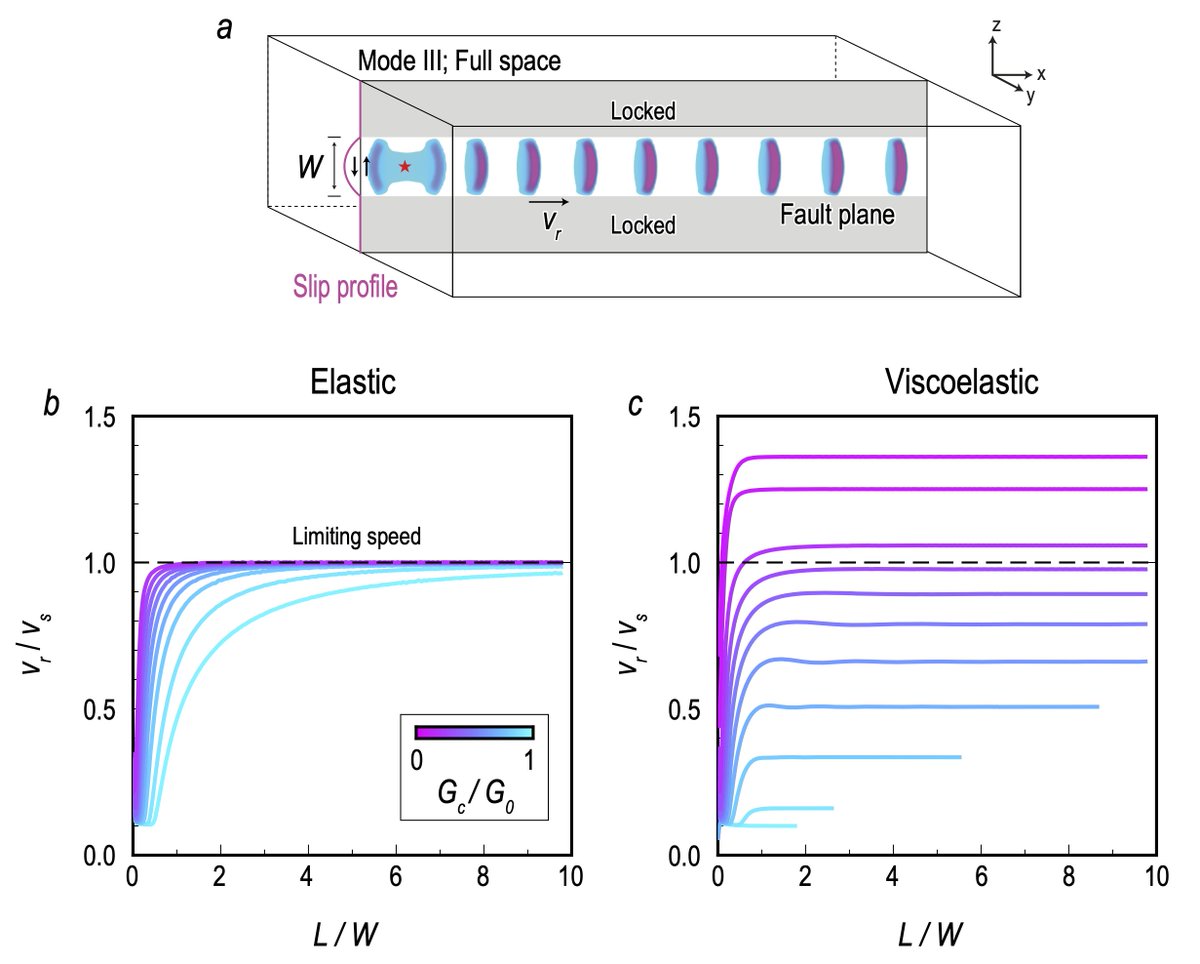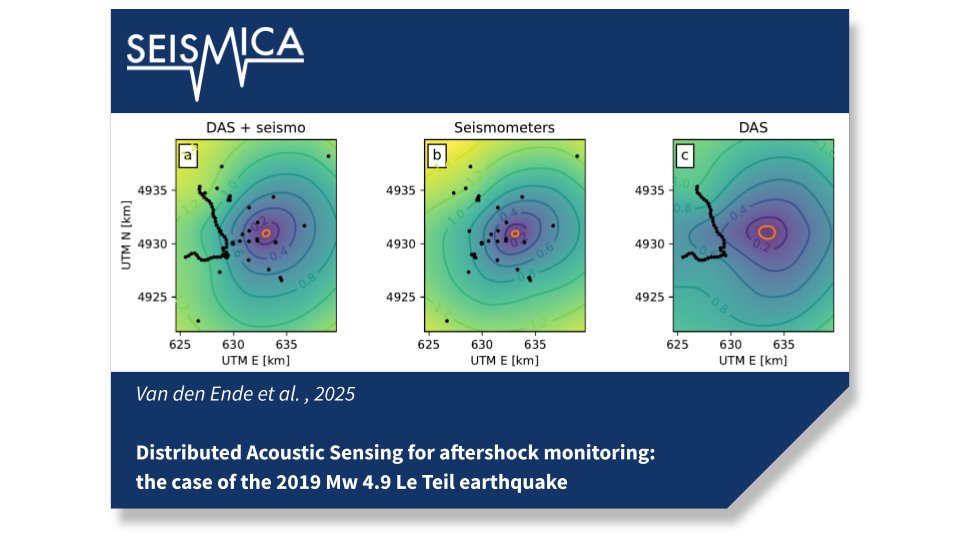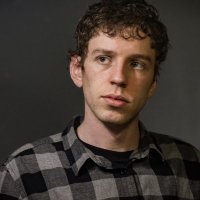
Martijn van den Ende
@martijnende
No longer active on Twitter. Find me on Bluesky: bsky.app/profile/martij…
ID: 187945719
https://www.researchgate.net/profile/Martijn_Van_Den_Ende 07-09-2010 15:09:30
2,2K Tweet
1,1K Followers
244 Following


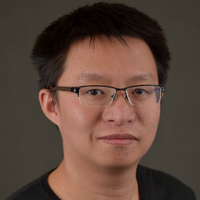
How can we assess a fault system's seismic hazard? Our new Nature Communications paper with Faqi Diao, Pablo Ampuero, and others shows how combining high-resolution fault coupling with a physics-based model reveals max earthquake potential: nature.com/articles/s4146…

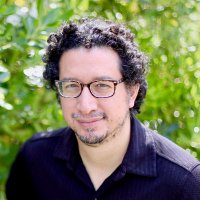
Huge (and belated) congratulations to Martijn van den Ende for receiving the Keiiti Aki Early Career Award of AGU (American Geophysical Union) Seismology Section of AGU for his groundbreaking research in Seismology and beyond, from experimental rock friction & earthquake cycle modeling to Deep Learning analysis of DAS data



📢 Ready to use artificial intelligence to revolutionize seismology? Then join us at the International Training School "AI 4 Seismology" on May 5-8, 2025 ScaDS.AI Leipzig. So far confirmed trainers: - Prof. Tarje Nissen-Meyer (University of Exeter) - René Steinmann (GFZ)



Organizer: - Josefine Umlauft (ScaDS.AI) - Jannes Münchmeyer (ISTerre) - Martijn van den Ende (Université Côte d'Azur) - Dr. Marius Isken (GFZ) - Robert Haase (ScaDS.AI) 👉Find out more: scads.ai/event/internat…





